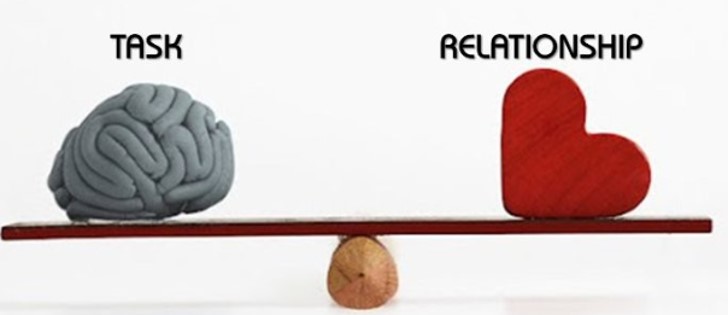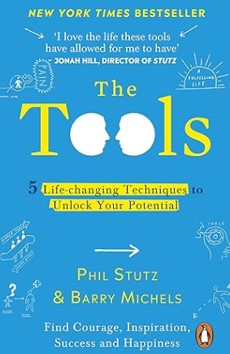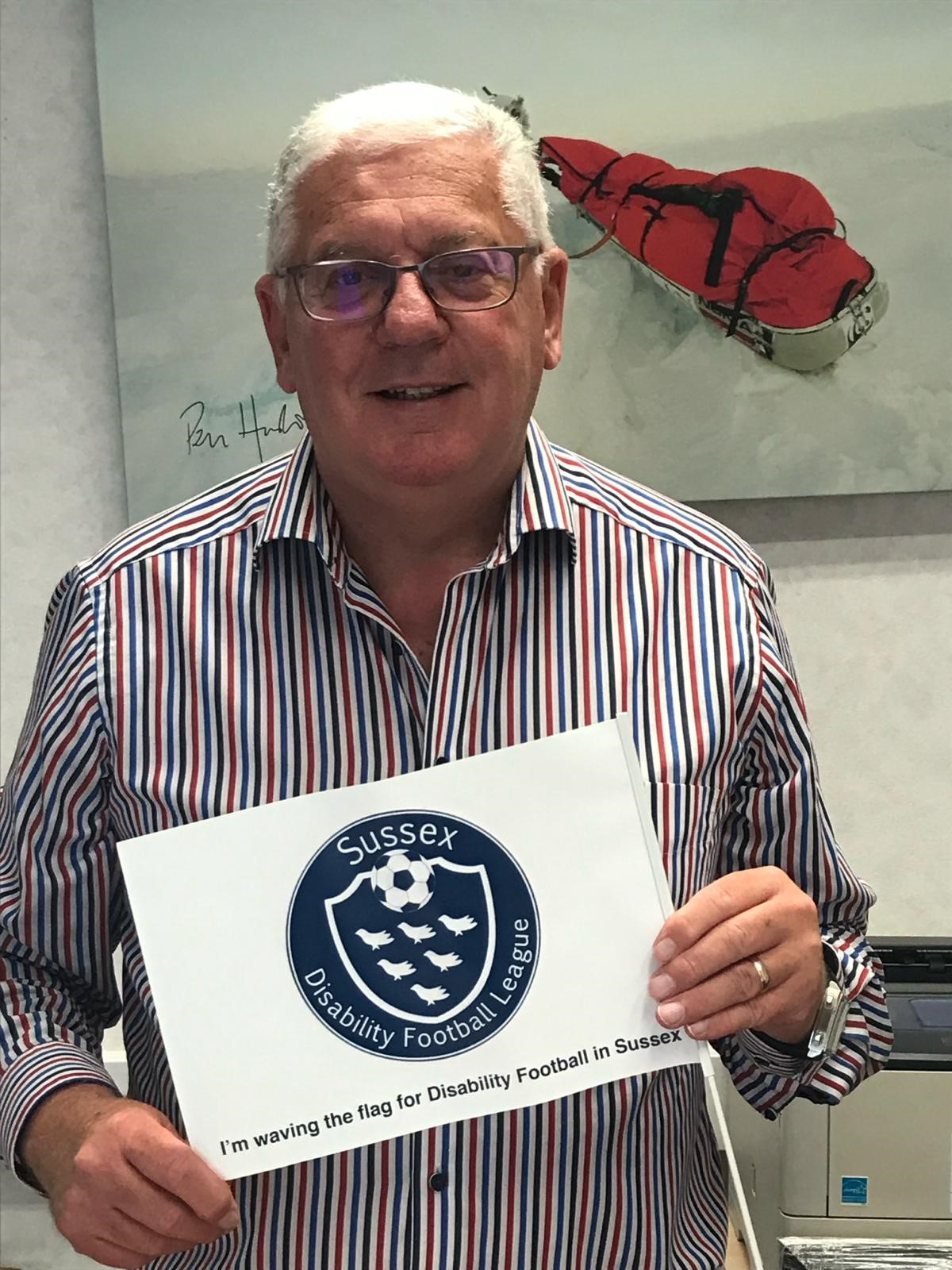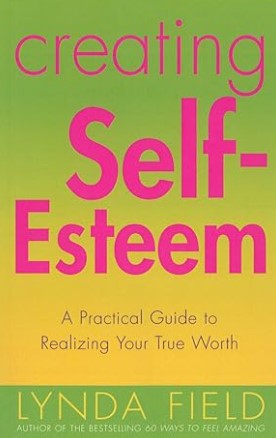Psychology offers a lot of tools to improve business communication. Psychology and business communication are frequent themes in my training courses for professionals. As well as topics such as personality, cognitive styles, emotional intelligence and NLP, I provide an introduction to Transactional Analysis in a number of my communication and conflict courses and coaching sessions.
Transactional analysis was developed by psychiatrist Eric Berne during the 1950s and most people will be aware of the books he wrote including “I’m OK, You’re OK” and “Games People Play”. Originally, TA was developed as a theory of personality and a psychodynamic therapeutic counselling tool. However, it can be useful in understanding where communication in a business context is problematic and provide insights into how to resolve issues and improve relationships.
The PAC model
The basic idea is that people experience and manifest their personality through a mixture of behaviours, thoughts and feelings. According to TA, there are three ego states that people consistently use:
- Parent: where people behave, feel and think in response to an unconscious mimicking of how their parents (or other parental figures) acted, or how they interpreted their parent’s actions. For example, a person may shout at someone out of frustration because they learned from an influential figure in childhood that this seemed to be a way of communicating that worked.
- Adult: a state which is like a computer that is processing information and making predictions without major emotions that could affect its operation. Learning to strengthen the Adult is a goal of TA. While a person is in the Adult ego state, he or she is directed towards an objective appraisal of reality.
- Child: where people behave, feel and think similarly to how they did in childhood. For example, a person who receives a poor evaluation at work may respond by looking at the floor, and even crying, as they used to when scolded as a child. The Child is the source of emotions, creativity, recreation, spontaneity and intimacy.
I produced a short (7 minutes) video on the PAC model in 2020.
Transactions and Strokes
Some of the main ideas of TA are:
- Transactions are the flow of communication exchanges between people. Transactions occur simultaneously at both explicit and psychological levels. Example: a sweet caring voice with sarcastic intent. To understand the real meaning of the communication requires both surface and non-verbal communication (NVC) to be read.
- Strokes are fundamental units of interpersonal recognition, needed by everyone to survive and thrive. They are the recognition, attention or responsiveness that one person gives another. Strokes can be positive (nicknamed “warm fuzzies”) or negative (“cold pricklies”). A key idea is that people hunger for recognition, and that if they lack positive strokes they will seek whatever they can, even negative. We test out as children what strategies and behaviours seem to get us strokes.People often create pressure in (or experience pressure from) others to communicate in a way that matches their style, so that a boss who talks to his staff as a controlling parent will often engender self-abasement or other childlike responses.
Different kinds of transactions
There are basically three kinds of transactions:
- Reciprocal/Complementary (the simplest – where, for example, one person in Adult mode addresses another person who is also in Adult mode)
- Crossed (where, for example, someone who is in Parent addresses someone in Child mode)
- Ulterior/Duplex/Covert (the most complex – where the explicit social conversation occurs in parallel with an implicit psychological transaction. For example, the spoken words are Adult but the body language indicates a playful Child)
Problems in communication can occur when they are not reciprocal or complementary. The theory also addresses scripts which are preconscious life plans by which people structure their time and determine their destinies, including their approach to relationships and to tasks.
If you would like a PAC style self-assessment and/or more information on Transactional Analysis, please email me at kim@kimtasso.com
Details on my book on Better Business Relationships









